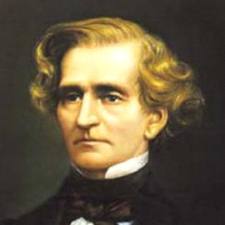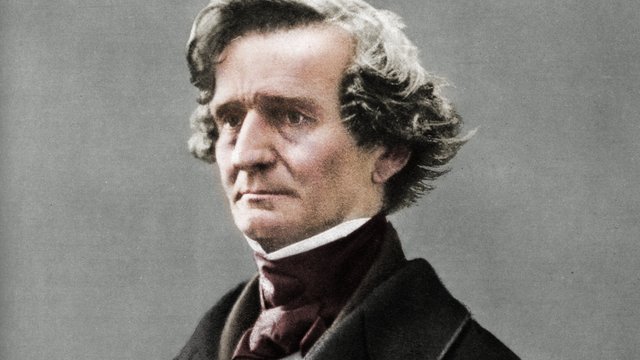The History of Roméo et Juliette by Hector Berlioz
Roméo et Juliette, Op. 17, is one of Hector Berlioz’s most ambitious and innovative compositions, completed in 1839. Subtitled a “Dramatic Symphony,” it is a large-scale choral and orchestral work inspired by William Shakespeare’s famous tragedy Romeo and Juliet. Berlioz’s adaptation is not an opera, nor a traditional symphony, but a unique hybrid of the two, combining orchestral music, solo vocal parts, and chorus in a dramatic narrative form.
Inspiration and Origins
Berlioz had a lifelong passion for Shakespeare, which was first ignited in 1827 when he attended a performance of Hamlet in Paris. The young composer was particularly struck by the performance of Irish actress Harriet Smithson, who played Ophelia. This event not only led to Berlioz’s eventual marriage to Smithson but also to his enduring creative engagement with Shakespeare’s works.
The idea for Roméo et Juliette specifically took shape after Berlioz attended a production of the play in English. He was fascinated by the dramatic power and emotional depth of the story, and he wanted to translate this passion into music. The success of his earlier programmatic works, such as Symphonie fantastique (1830), had given him the confidence to explore new narrative structures in orchestral music.
Commission and Composition
The composition of Roméo et Juliette was made possible thanks to a commission from Niccolò Paganini, the legendary violinist. After hearing Berlioz’s Harold en Italie, Paganini was so impressed that he sent Berlioz a gift of 20,000 francs—an enormous sum at the time—which allowed Berlioz to devote himself fully to the project.
Berlioz worked on the symphony between 1838 and 1839. He collaborated closely with the writer Émile Deschamps, who crafted the French libretto. Rather than creating a word-for-word adaptation of Shakespeare’s play, Berlioz chose to focus on key emotional and dramatic scenes, particularly the love of the two protagonists, the violence between the Montagues and Capulets, and the tragic finale. Notably, Berlioz avoided setting the famous balcony scene as a vocal duet; instead, he represented it with purely instrumental music, believing orchestration alone could better express its tenderness and passion.
Premiere and Reception
Roméo et Juliette premiered on November 24, 1839, at the Paris Conservatoire. The performance featured a massive orchestra and chorus, including prominent soloists of the day. While the audience was intrigued by the work’s novelty, many critics were unsure how to categorize it. Nevertheless, the symphony was praised for its dramatic intensity, orchestral color, and lyrical beauty.
Over time, Roméo et Juliette came to be recognized as one of Berlioz’s masterpieces. It greatly influenced later composers, particularly Richard Wagner, who admired its bold structure and expressive orchestration. Wagner would later cite Roméo et Juliette as a key influence on his concept of music drama.
Structure and Musical Innovation
Roméo et Juliette is divided into seven movements, featuring a mixture of symphonic development, choral narration, and vocal solos. The overall structure mirrors a dramatic arc, with instrumental music depicting inner emotional scenes and the chorus narrating external events. Notable sections include the fiery “Combat de Mercutio et Tybalt,” the lyrical “Scène d’amour,” and the solemn final chorus “Pardonnez!” where the families are reconciled after the lovers’ deaths.
One of the most remarkable aspects of the work is Berlioz’s orchestration. He uses the orchestra to convey psychological depth, atmosphere, and movement, anticipating the symphonic poems of Liszt and the cinematic approach of later composers like Mahler and Strauss.
Legacy
Today, Roméo et Juliette stands as a landmark of 19th-century music—a daring blend of symphony, drama, and poetic vision. It encapsulates Berlioz’s genius for storytelling through music, his love of Shakespeare, and his innovative spirit. The work continues to be performed and recorded by leading orchestras and remains a testament to the power of music to transcend the boundaries between art forms.


Comments are closed